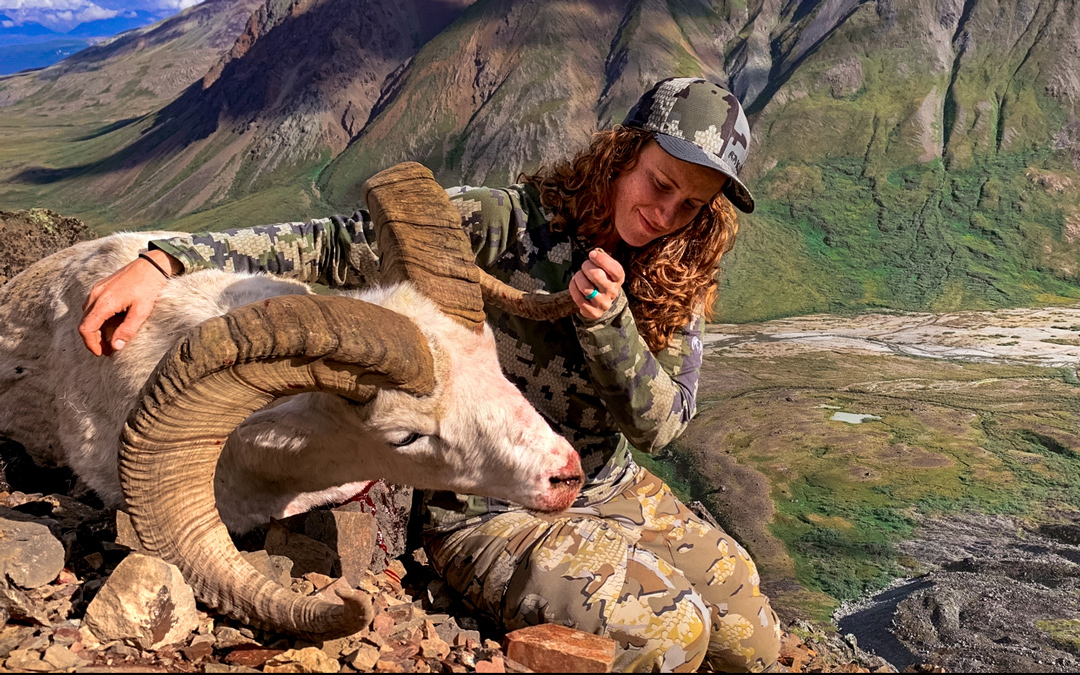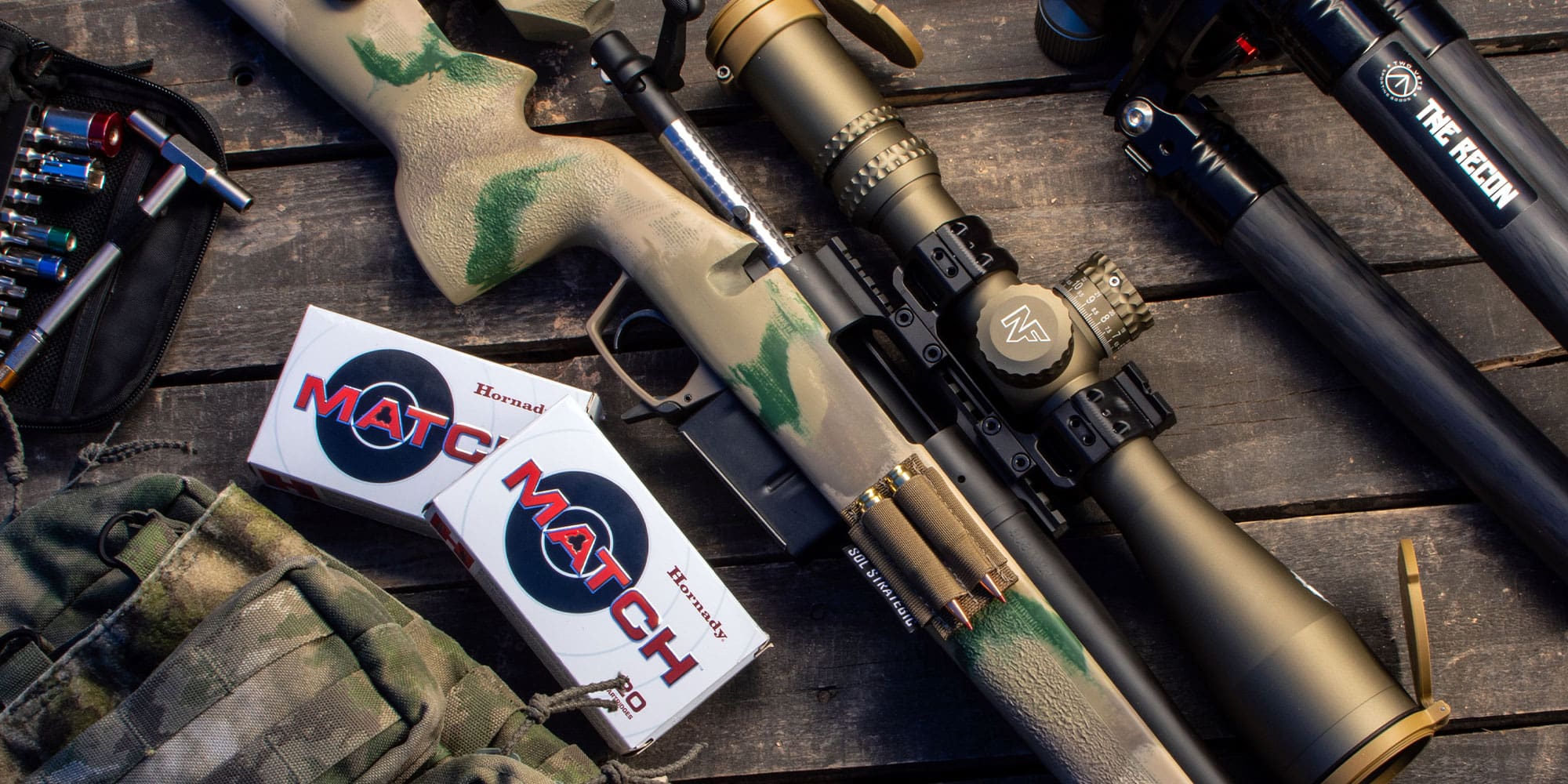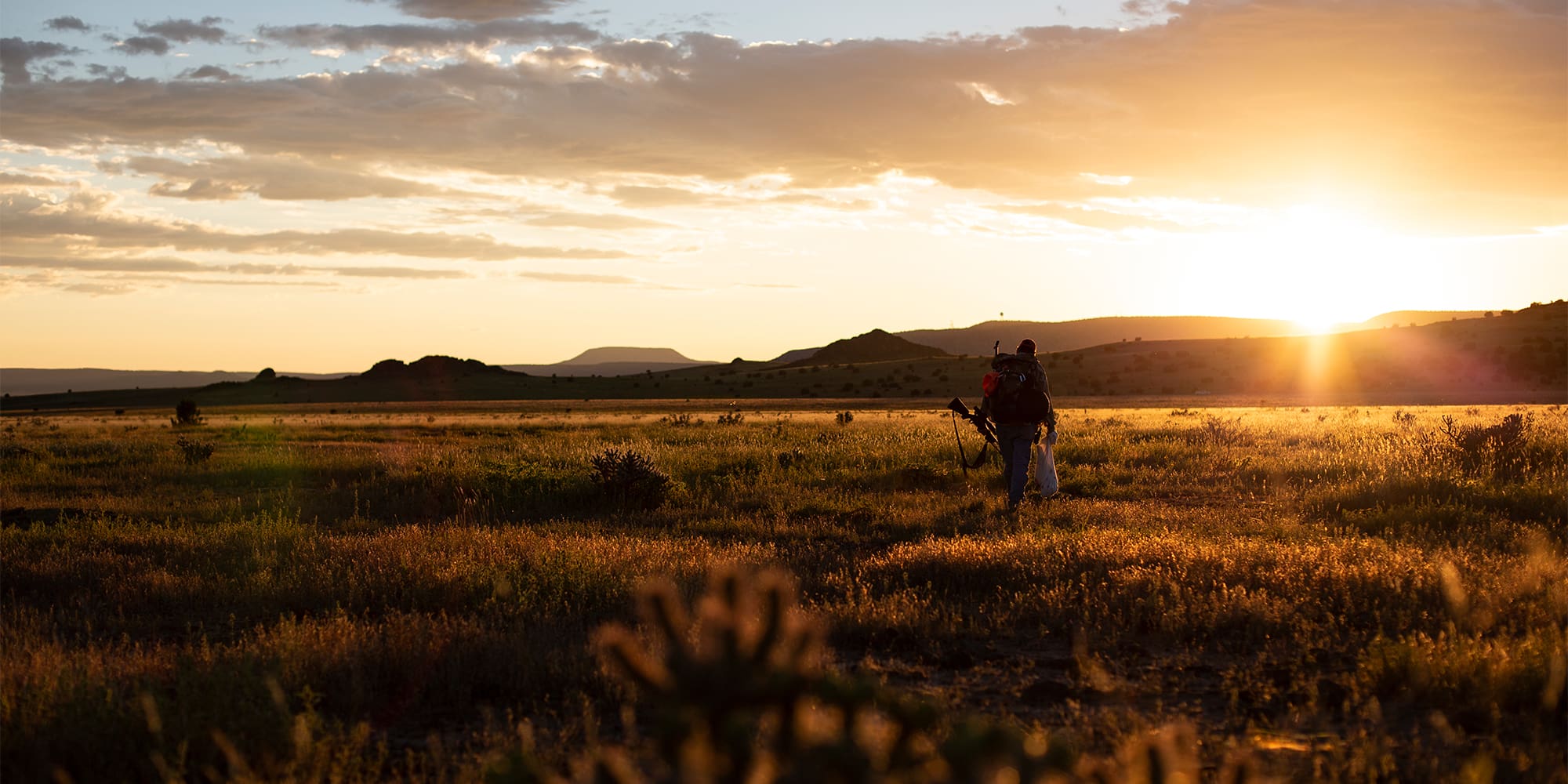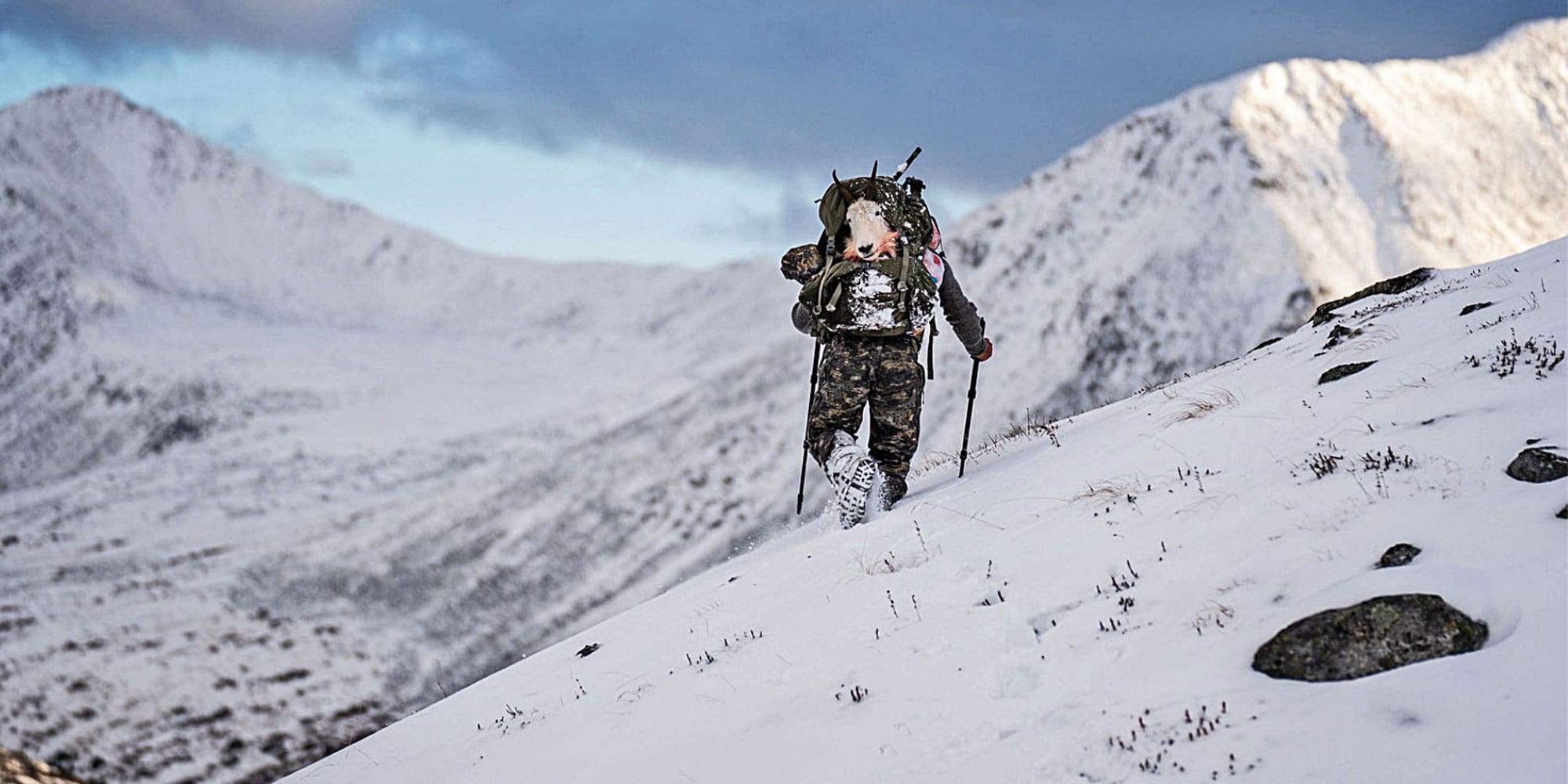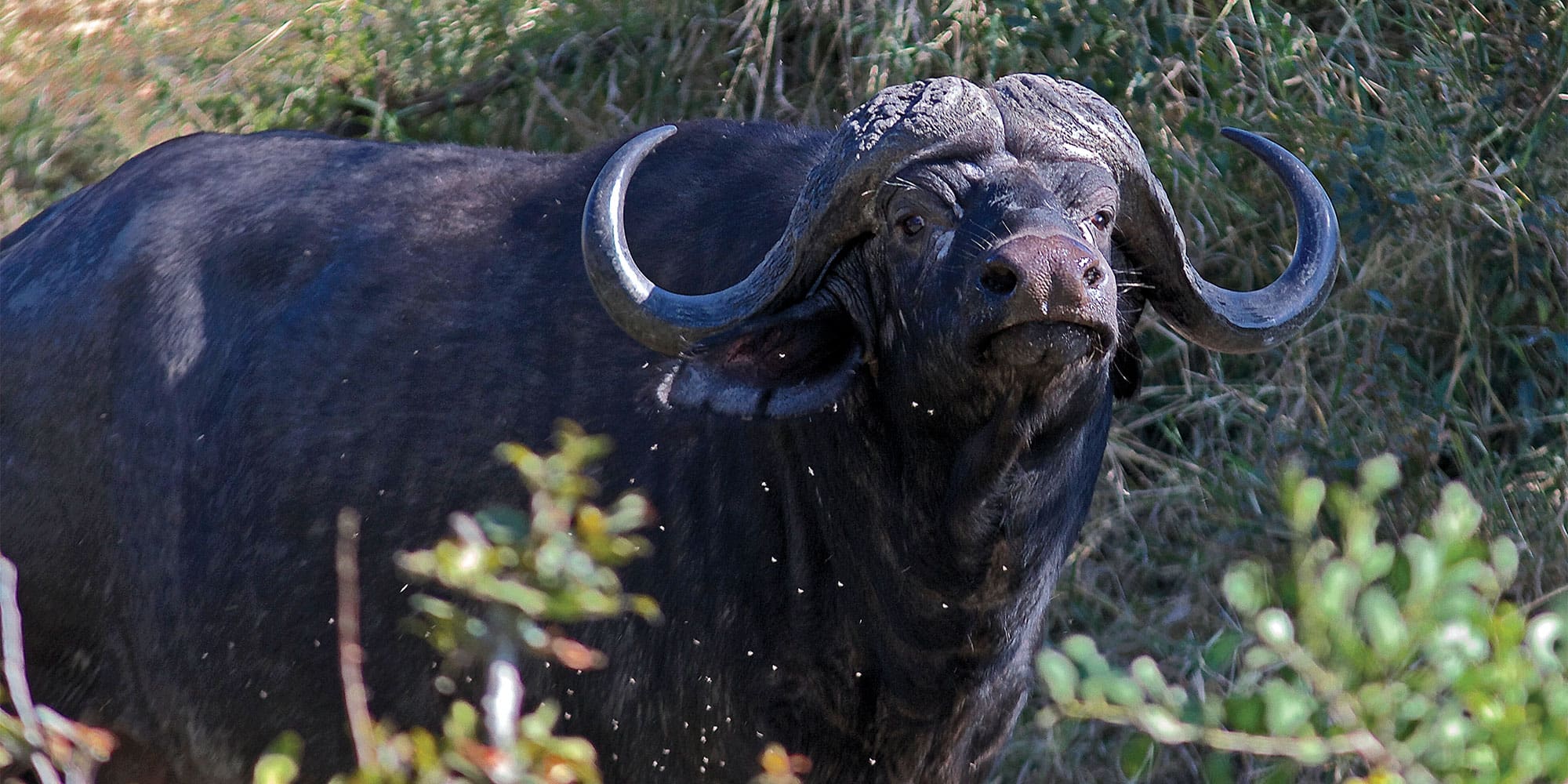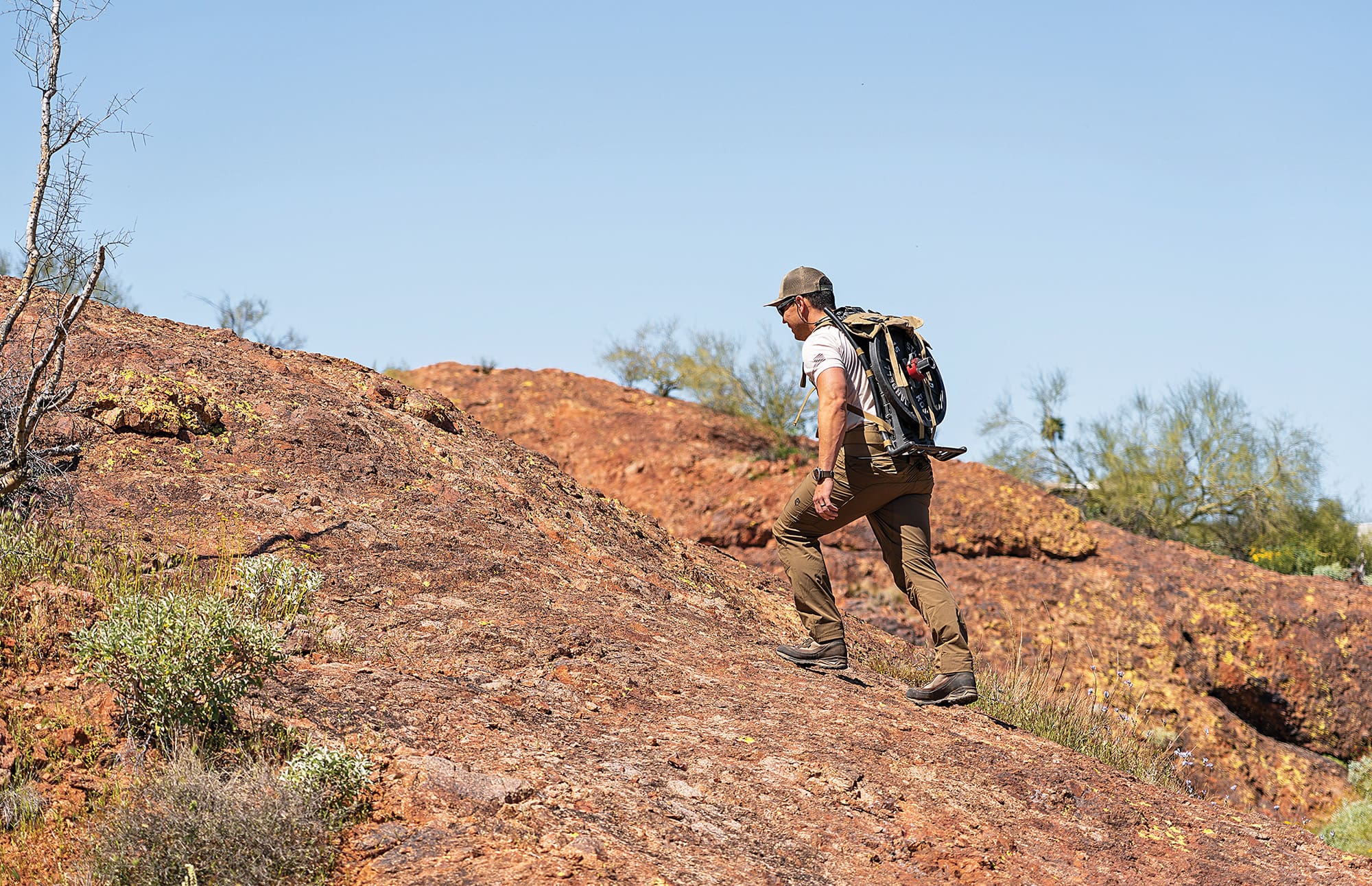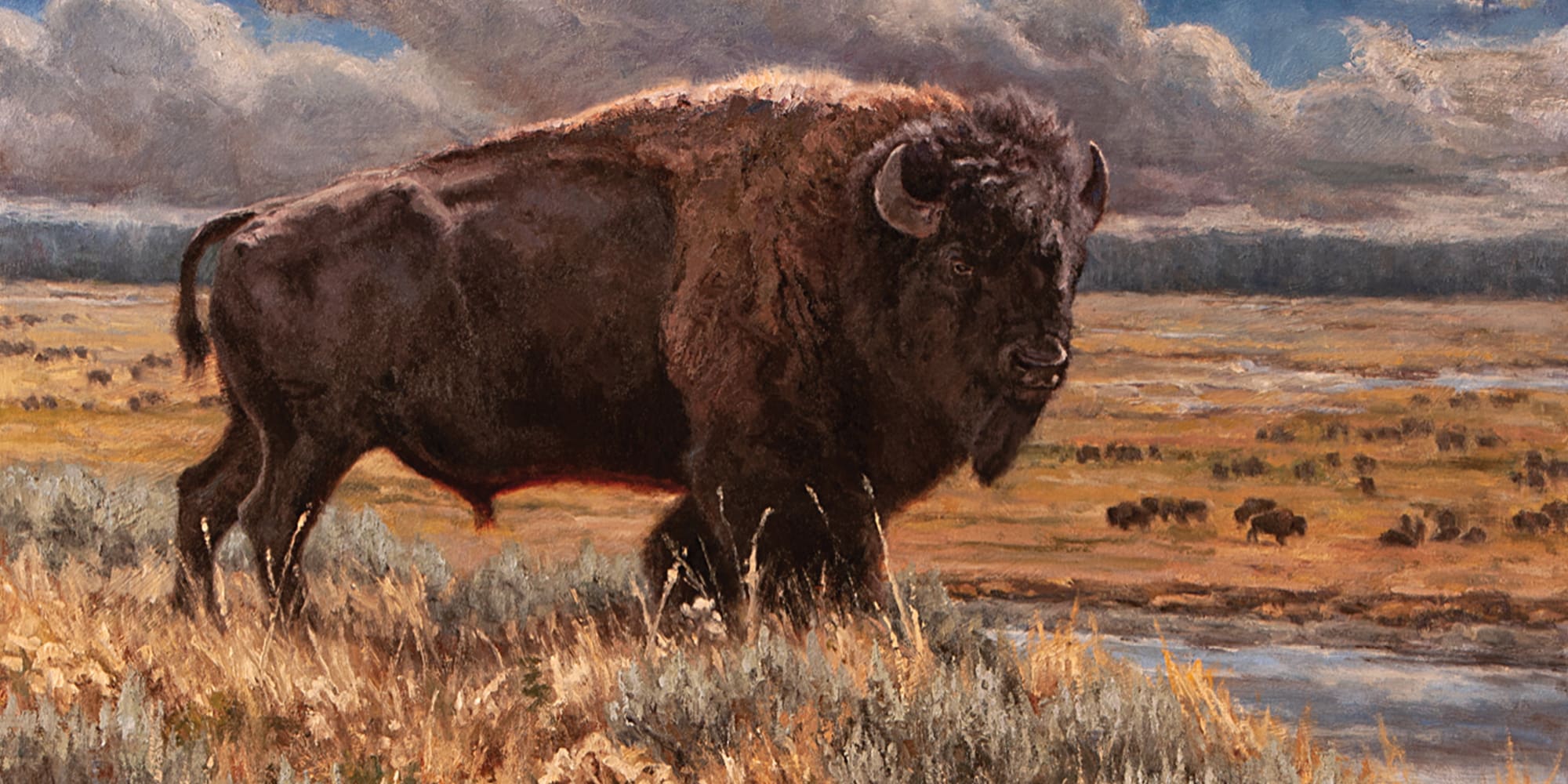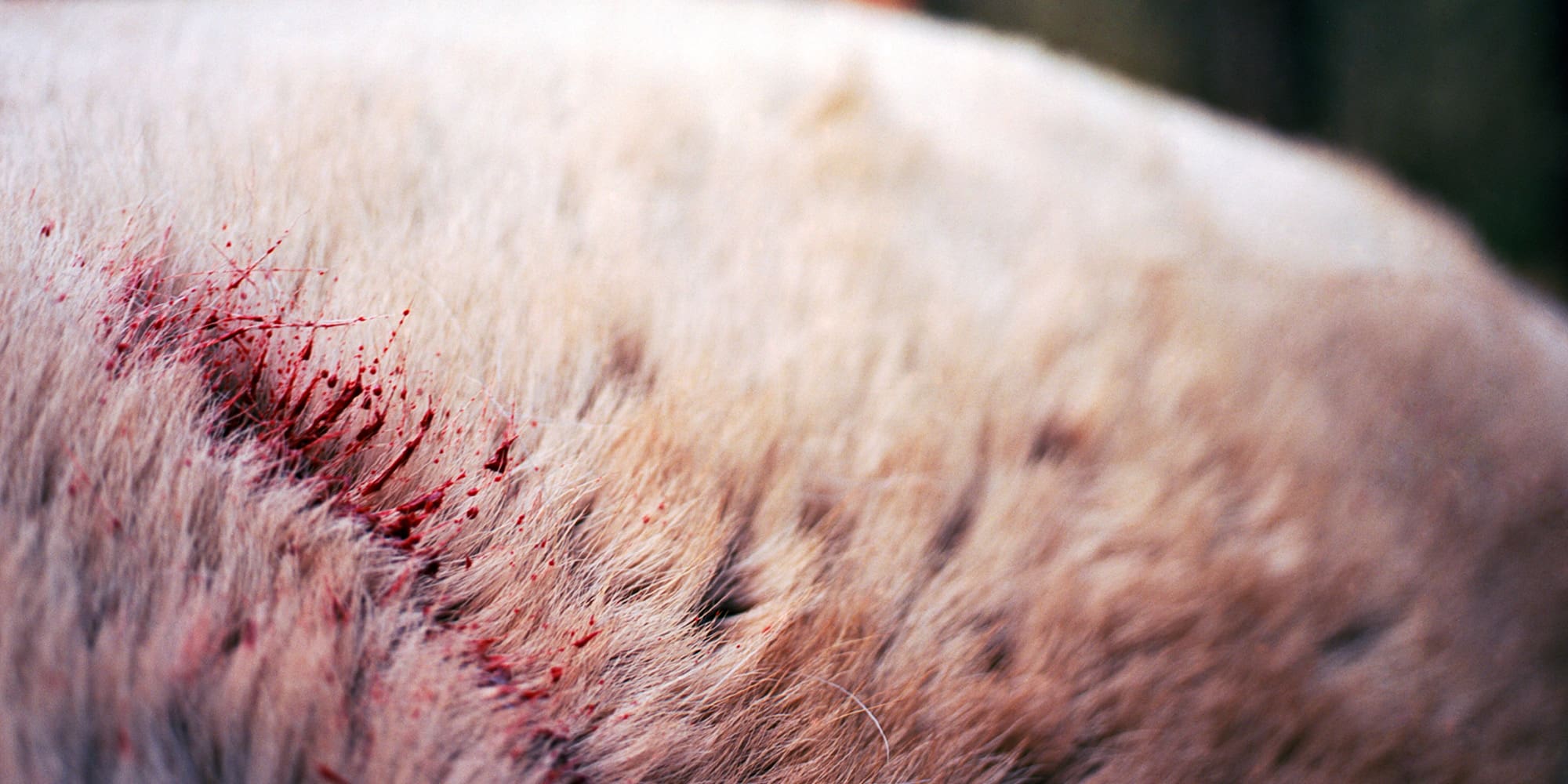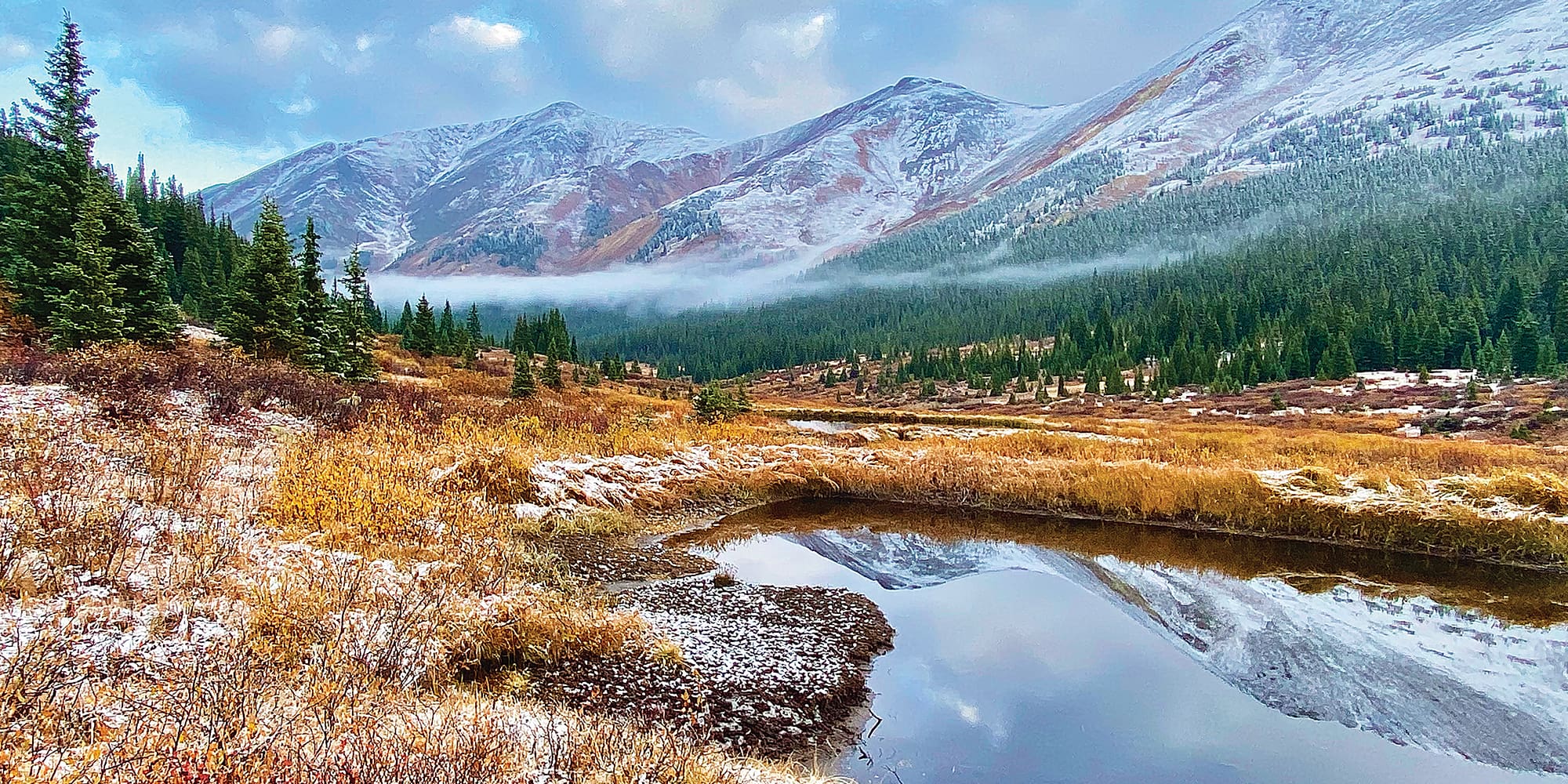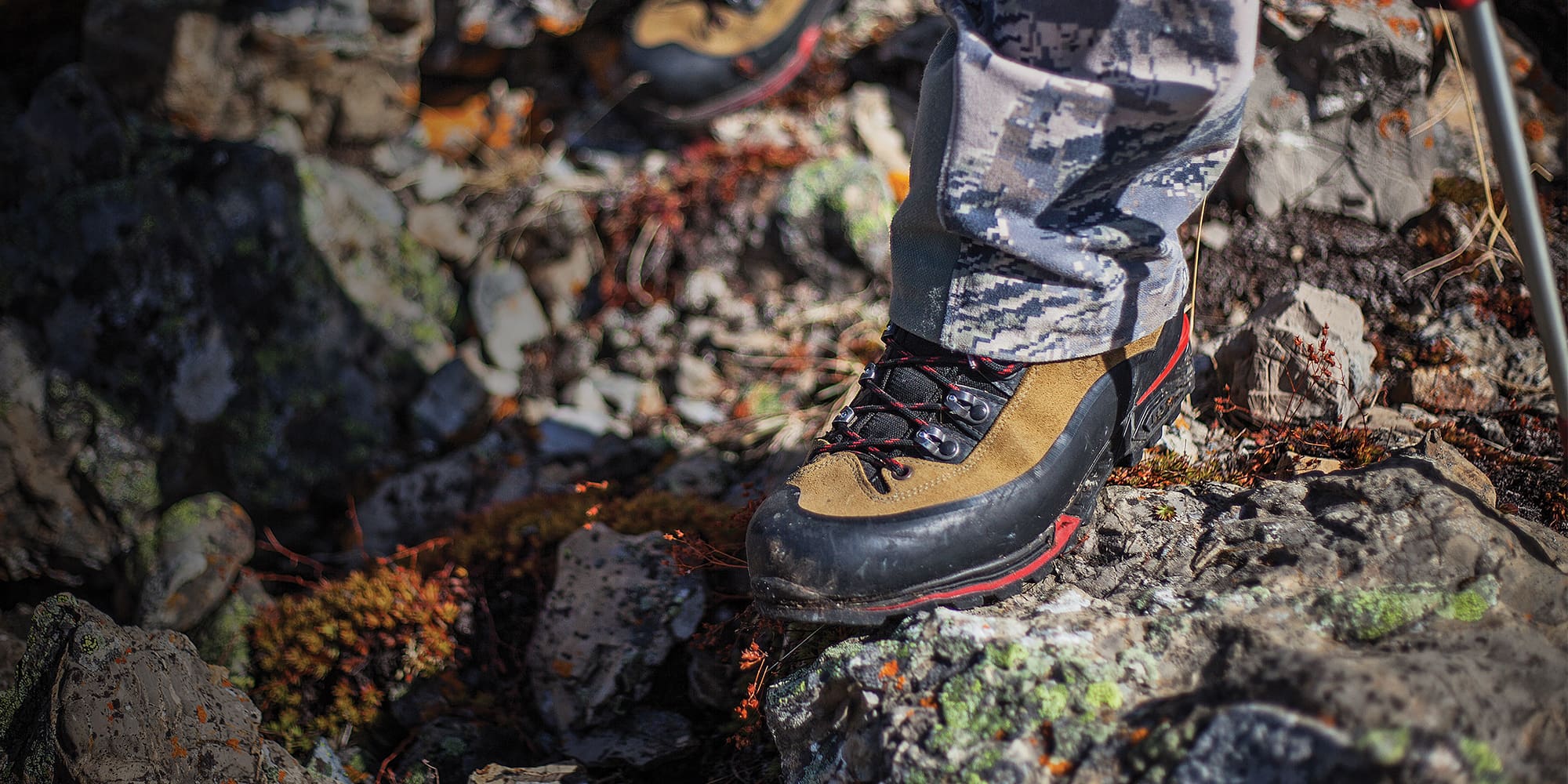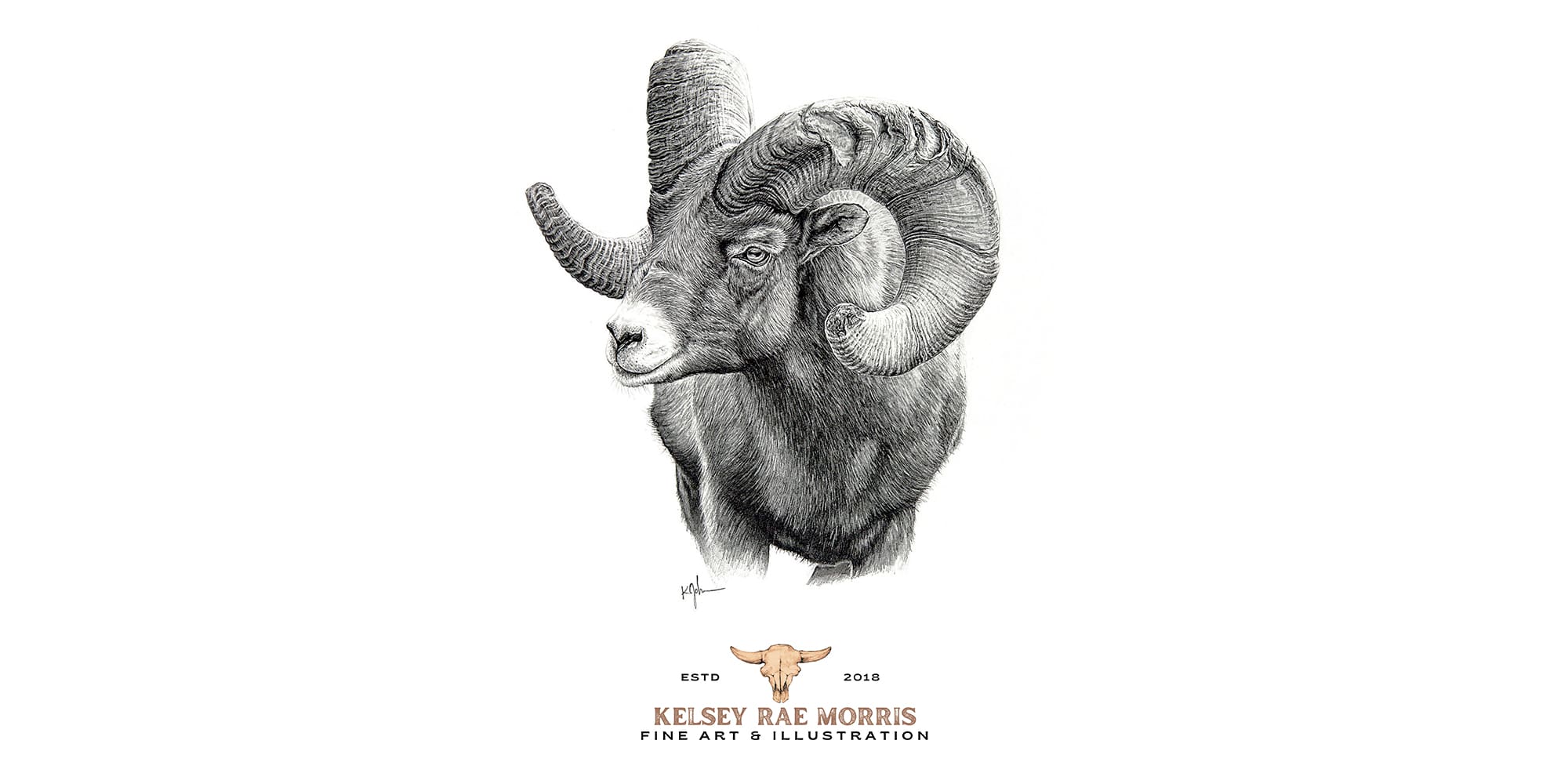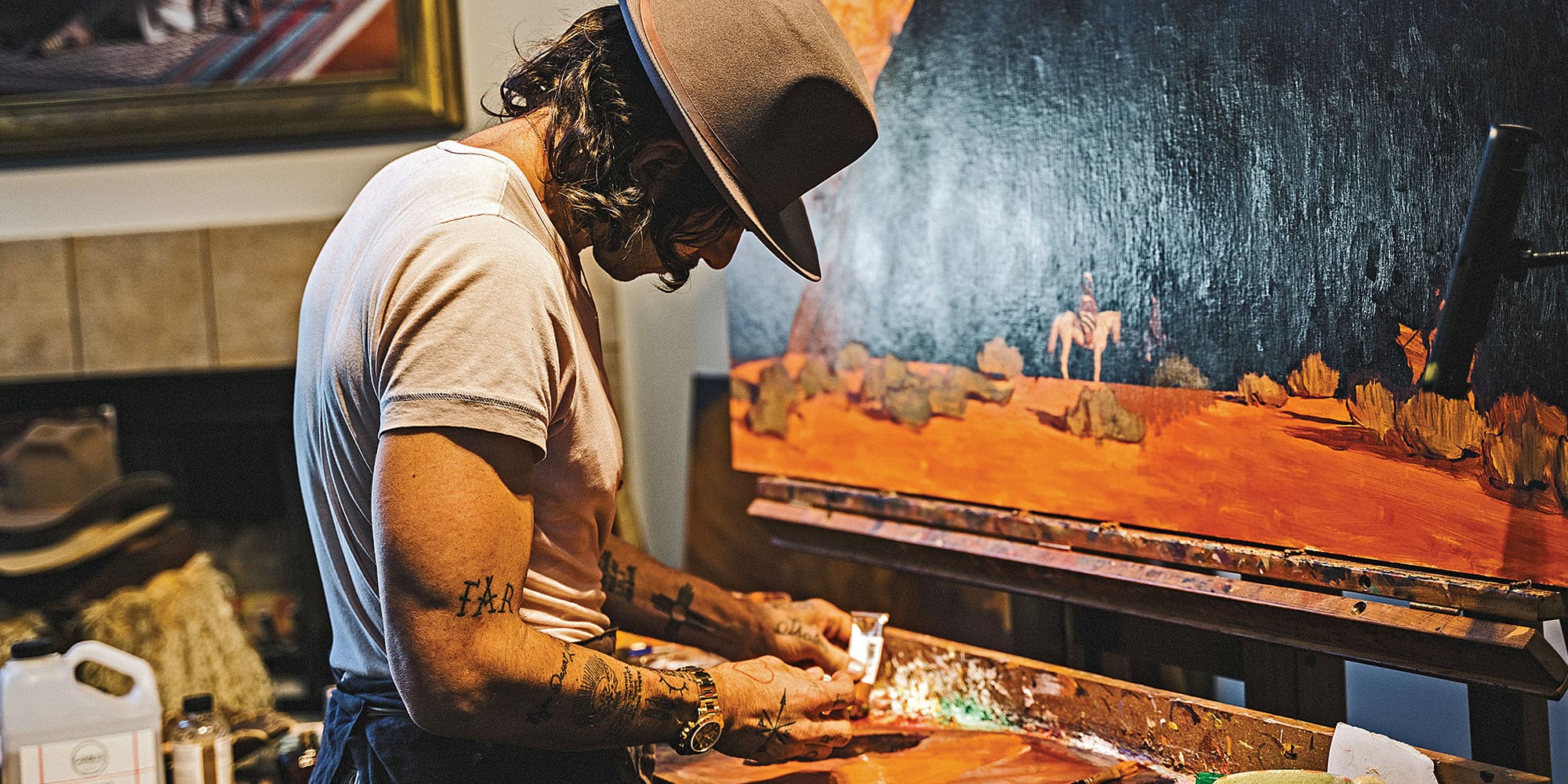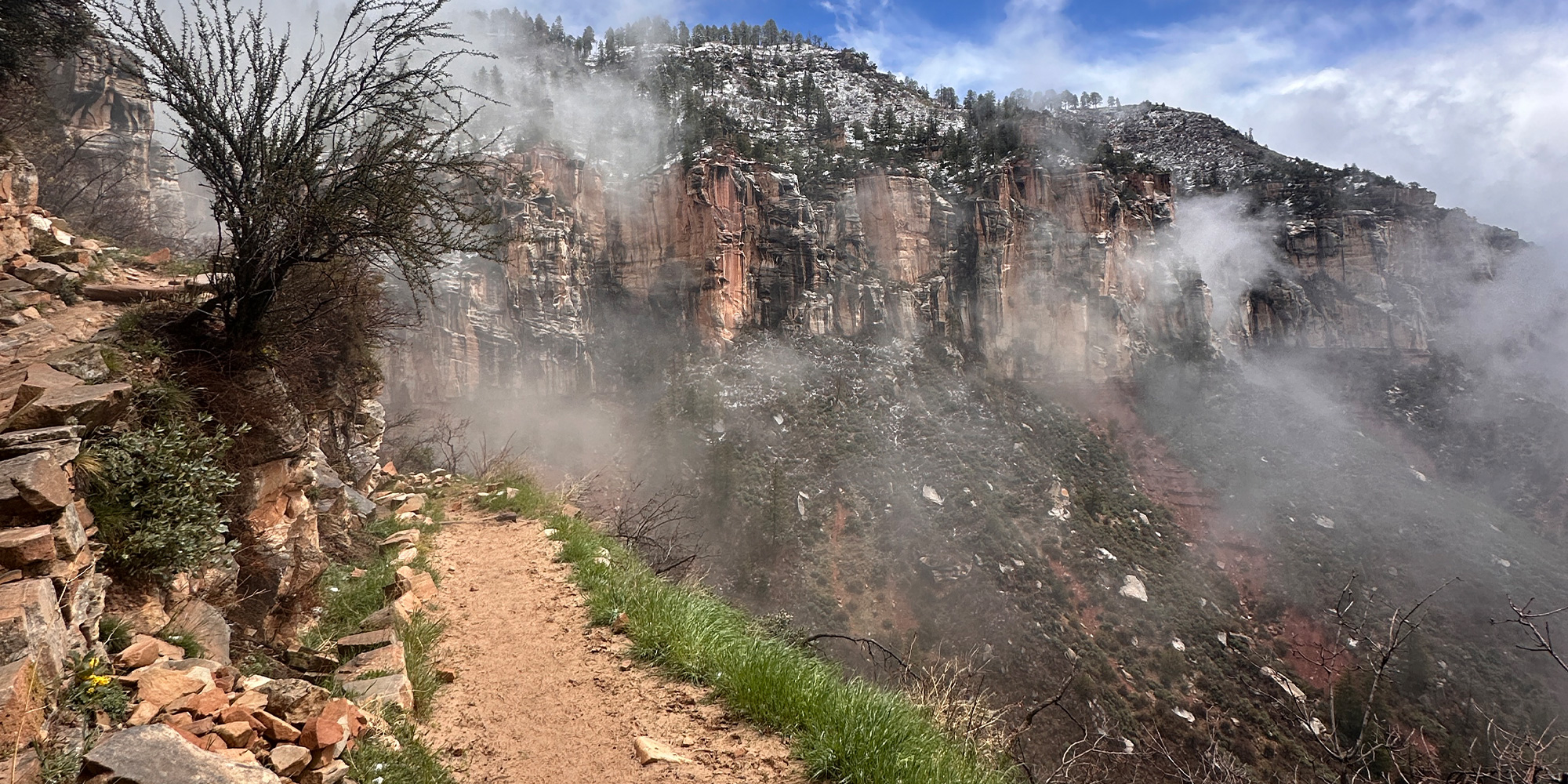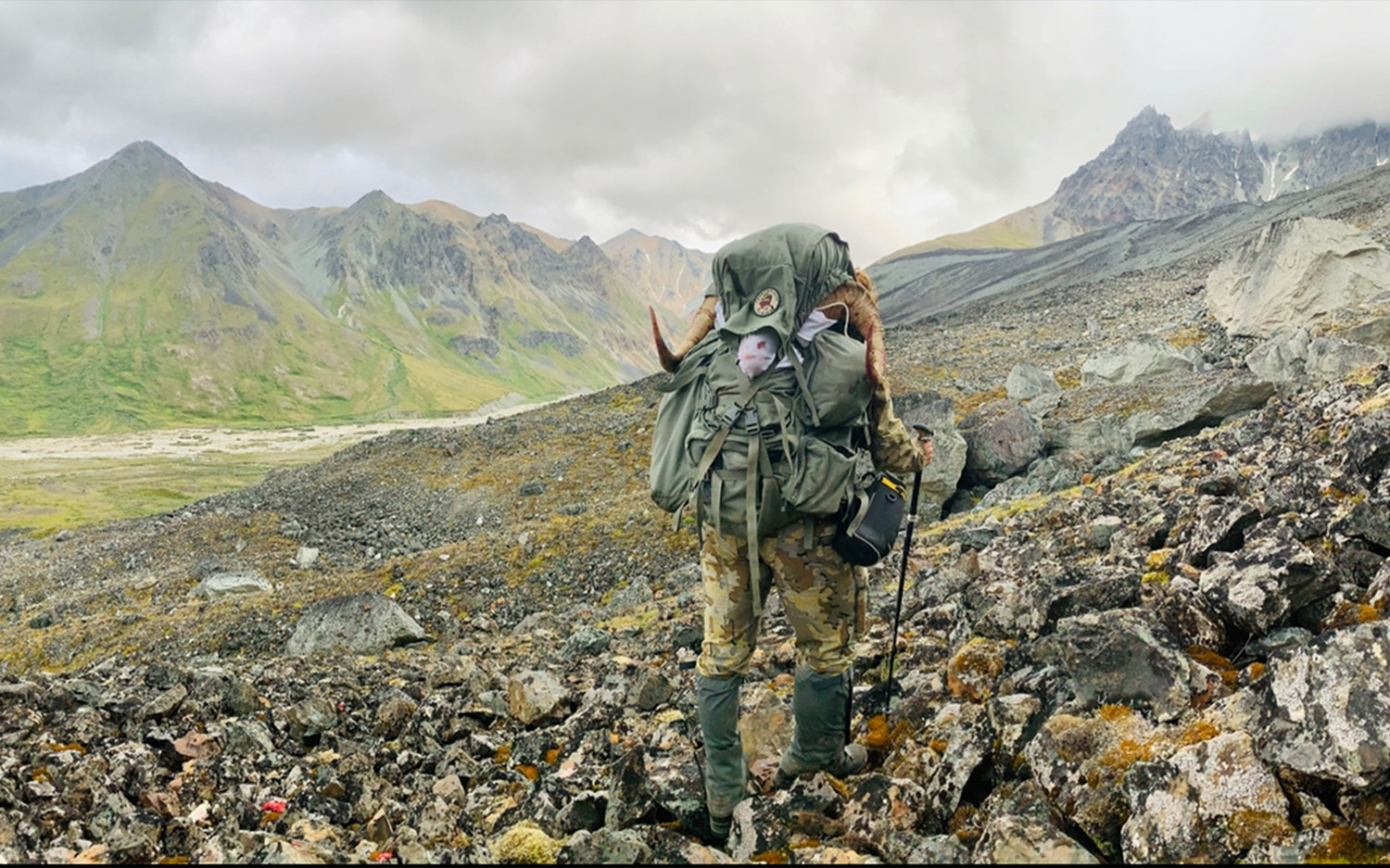
NOTICE: Certain links on this post may earn a commission for Western Hunter Magazine from Amazon or our other affiliate partners when you make a purchase. Thank you for your support.
Charging Up for High-Exertion Backcountry Hunts
Months of planning and preparation are involved in every hunt. The last thing you want to happen is to “hit a wall” and tap out early. Going the extra mile could mean the difference between filling a tag, and coming home with tag soup. Here are some top nutritional strategies to propel you beyond your limits and charge up your hiking performance.
Hydration
Look no further than starting with the most simple, free way to improve your health and performance—water. If you are waiting until you are thirsty, you are already dehydrated.
Drinking enough water allows your body to utilize what it needs and expel the rest. It helps with recovery, energy, and overall performance. On a daily basis, you need at least half of your bodyweight in ounces per day, or 100 ounces, whichever is greater.
When you are hiking hard, aim for drinking 16 ounces every hour in moderate temperatures and up to 32 ounces per hour in hot temperatures. If you are waiting to take off your pack to take a drink, you will quickly get behind the water curve. Eliminate the water bottle in your pack habit and invest in a water bladder with a drinking hose and a reliable water filter for constant sipping.
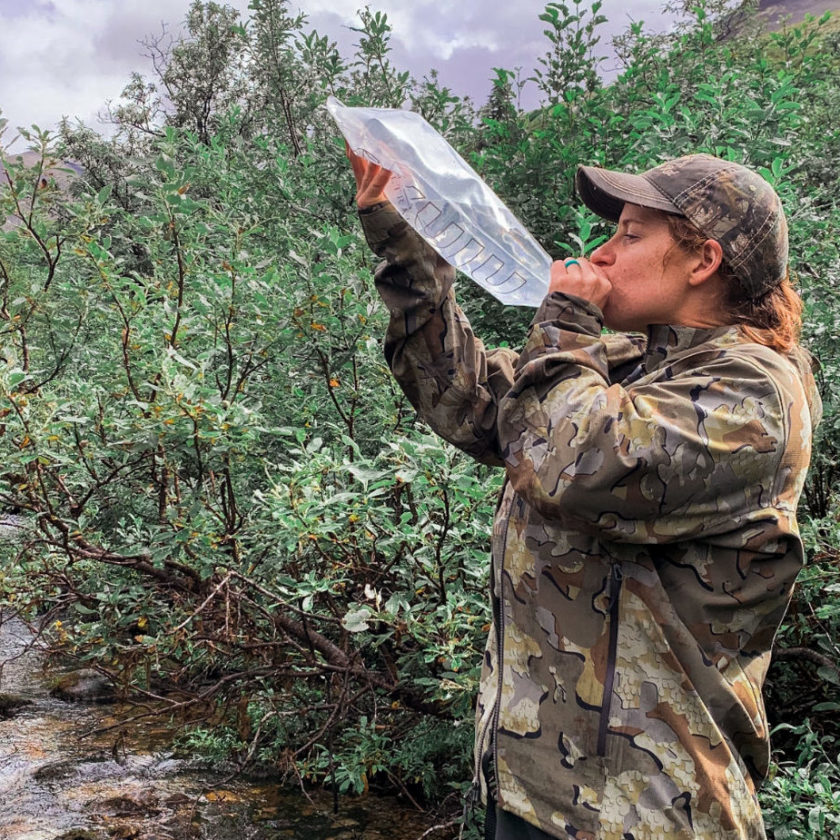
Adding electrolyte powders like Wilderness Athlete Hydrate & Recover into your water is another way to avoid cramping and quicken recovery as it will replace electrolytes lost in sweating.
What to eat in the backcountry
There are 3 important macronutrients our bodies need. Each one plays a crucial role and finding a balance between the three is ideal for strength, performance, and sustaining energy during high exertion activity.
Carbohydrates
The main fuel source is carbohydrates.
These tend to instill fear in a lot of people but are one of the best tools to use for performance.
They are the preferred energy source for our bodies. Just like a car runs on car gas, or an airplane runs on avgas, the body’s fuel is glucose, which comes from carbohydrates.
When hunting hard, you want to consume 50% of your total food from carbs to improve strength and endurance, and delay fatigue. If you do not consume enough carbohydrates, the body will burn muscle and stored fat.
An easy equation is aiming for 3-6g of carbs/kg of body weight each day.
- Take your body weight and divide it by 2.205 to get your weight in kilograms and multiply it by 3. Then multiply your weight in kg by 6. That should be your carbohydrate range from low to high-intensity hiking. For example, a 160 lb individual should eat 218-430g of carbs per day. That is a huge range, so find what works for you. Lean toward the higher end of the range if you are a big carbohydrate eater.
Without bringing ten sandwiches with you each day, what can you eat in the backcountry?
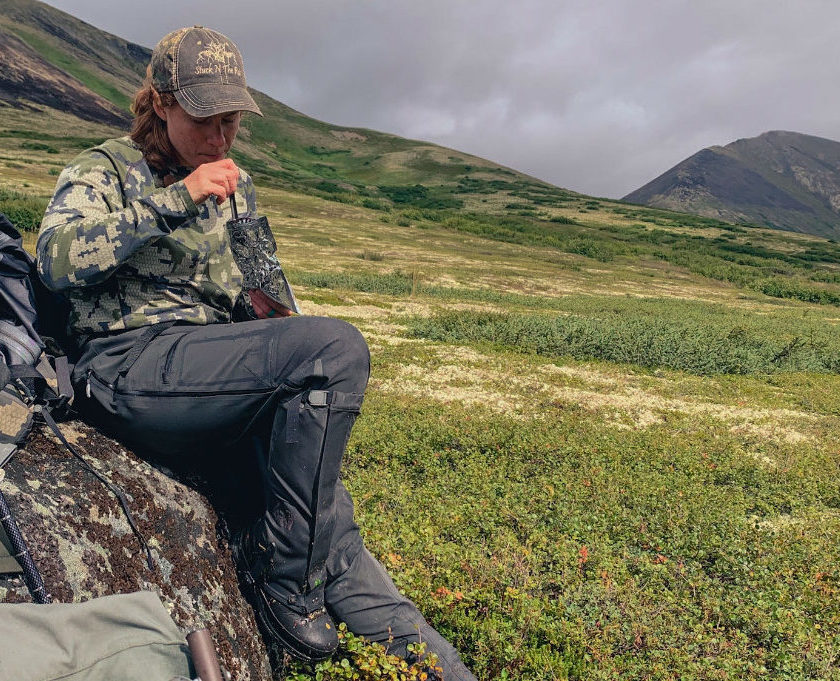
Mimic your daily food into your backcountry food and have plenty of carbohydrate-rich backcountry choices. Food like granola, protein bars, eggs, tuna, oats, dried fruit, honey stingers or gels, instant potatoes, salty snacks like pretzels and crackers, and quality freeze-dried meals are all lightweight, and carbohydrate-dense. Practice reading the labels and serving sizes and add up your carbohydrate grams for a day to ensure you are fueling with enough carbs to sustain your energy and go the extra mile.
Fats
Fats have the most calories per ounce, so it is not surprising that many hunters want to load up on fats to save weight. Fat calories add up quickly and are in many foods. Fats contain over twice the amount of calories that protein and carbs do.
Fats can also be used as energy, but are slower to digest compared to carbohydrates.
The biggest mistake people can make is loading up on fats because they are light, but having no idea how many calories it equates to so they tend to overeat on fats. One cup of trail mix can have 1,000 calories, and your whole day of fats. It may be calorie-dense, but it will not fill your stomach or curb hunger for long.
Fat requirements are easier to fill because they are in almost all foods. Fats are in meat, dairy, nuts, seeds, oils, and many snacks and freeze-dried meals. It is easy to get your fats in, just make sure you are keeping them in check. 2 thumb sizes of fats every meal will fill your needs if you are eating enough carbohydrates.
If you are packing a variety of nuts, seeds, snacks, freeze-dried meals, and nut butters, you are getting plenty of fats. Unless you have been doing keto for years, switching from eating carbohydrates to all high fats during hunts, just because they are light, is not recommended.
Protein
If you remember one thing about protein, remember that it builds and sustains your muscle mass, increases your metabolism, and curbs hunger.
When you are burning thousands of calories, your body tries to burn muscle and fat for energy.
Eating enough protein ensures you will not burn up that hard-earned muscle.
Aim for eating at least 1 gram of protein per pound of your body weight. So a 160-pound person should consume close to 160 grams of protein each day. To do this, aim for a palm-size protein portion with each meal and snack, and always pair a carbohydrate or fat with it.
The best protein sources come from meat, fish, eggs, and dairy. Protein powders can also be used as a supplement.
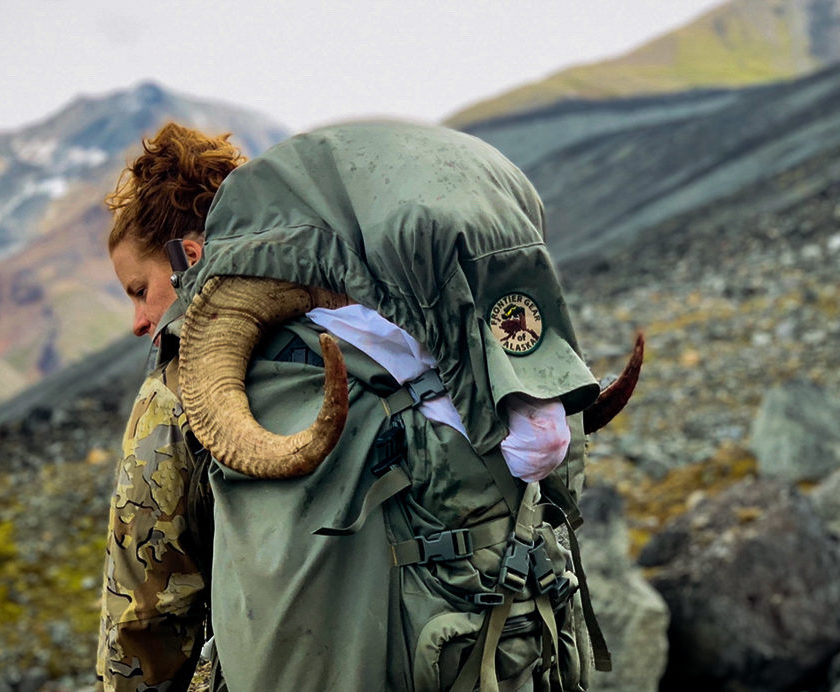
Examples to increase protein in the backcountry, eat enough carbs, and manage fats:
- Breakfast: Add a scoop of protein powder to your oats or freeze-dried granola for breakfast, or have an egg skillet freeze-dried meal or have a pre-made breakfast burrito
- Lunch: Include sausages, jerky, granola, meat sandwich, or freeze-dried meal including protein
- Snacks: every few hours refuel with jerky, nuts, trail mix, tuna packets, protein bars, dried fruit, carbohydrate replacement powders, honey stingers, pretzels, or salty snacks
- Dinner: Peak Refuel Freeze-Dried Meal. These are generally 40-50g protein per pouch and loaded with quality carbohydrates and moderate fats
How much food is enough?
Most people settle with a coffee for breakfast, whatever is convenient for lunch, and a king-sized dinner with nighttime munchies. This pattern will leave you depleted of energy and crashing early in the hunt. The feeling of “hitting a wall” when you need to go the extra mile is a clear indication that you are not eating enough.
Your body weight in lb x 10 will give you a rough estimate of how many calories you burn each day just breathing. Add in your movement throughout the day and it can be several hundred more. Add in hiking all day and you are burning thousands of calories. If you do not eat enough, you will crash. You can burn at least your body weight in calories for every hour of hiking.
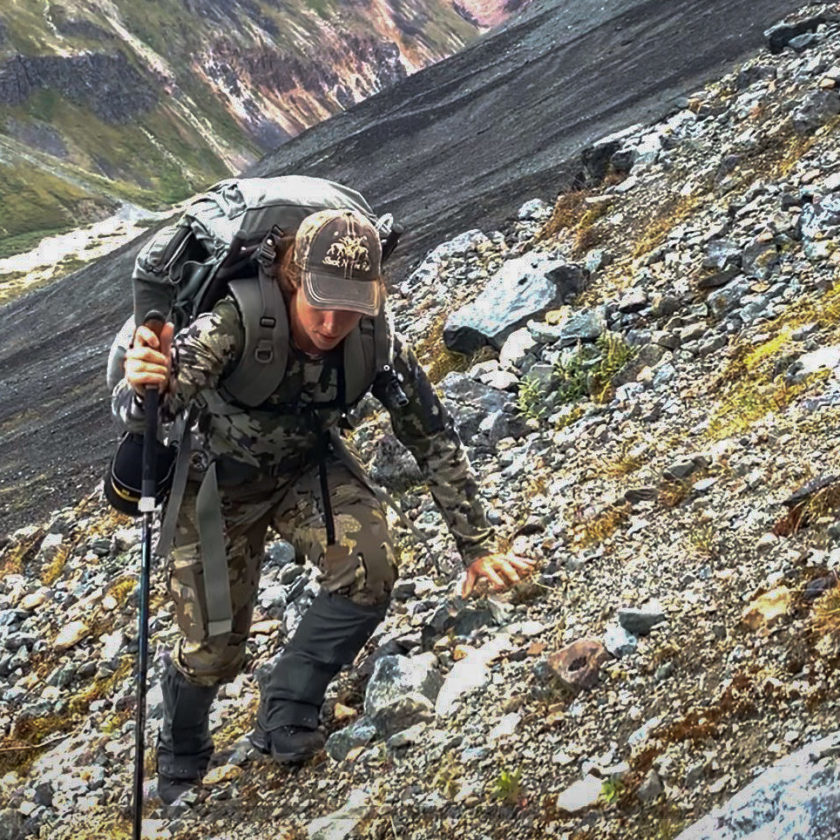
For example, a 200 lb individual can burn roughly 200 calories per hour hiking, and more if they are gaining elevation. That’s usually 4,000-5,000 calories needed to sustain that person’s energy. On average, many females will need at least 3,000 calories/day in the backcountry and many males need 4,000-5,000 calories/day.
Additional Tips:
- Avoid hiking fasted, or only on caffeine. That is an easy way to crash quickly, deplete your body of its main energy source, and burn hard-earned muscle.
- Eat a balanced breakfast and refuel every 2-4 hours for long-duration activities. Smaller, frequent meals are easily digested while hiking compared to bigger meals.
- Sip water frequently, 16-32 oz per hour. Plan ahead your next water sources and have a good water filter on hand, with carbohydrate and electrolyte replacement powders
Fill your tank with the right fuel and enough of it, and hydrate often throughout your high exertion excursions, and you are bound to be an unstoppable hunter.


